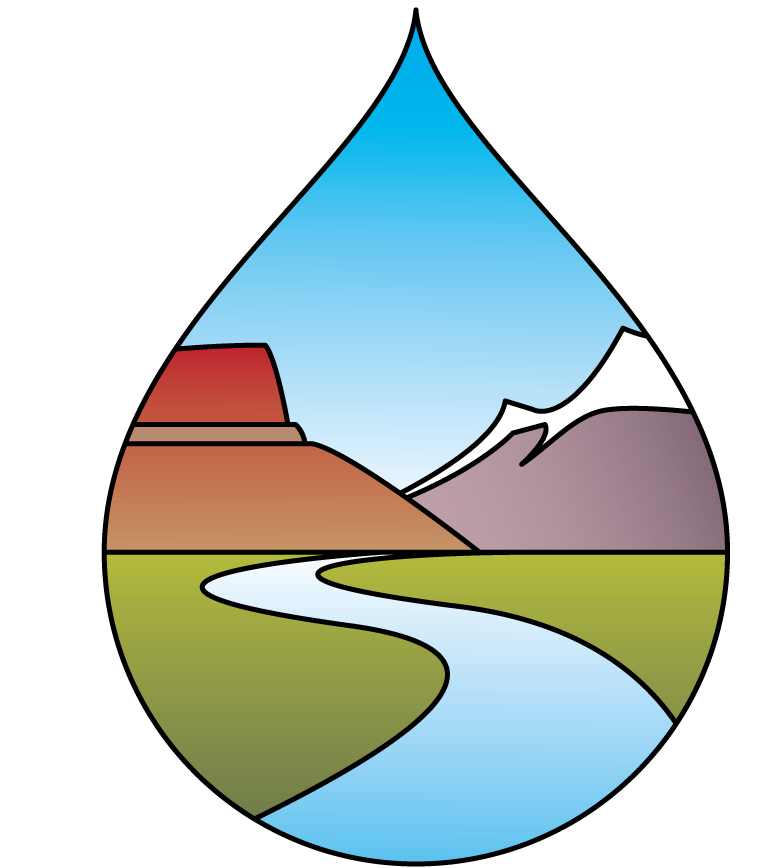On February 20, 2018, the Environmental Protection Agency (EPA) published a notice (83 FR 7126) requesting comments on the applicability of the Clean Water Act (CWA) to pollutant discharges from point sources that reach jurisdictional surface waters through groundwater or other subsurface flow. The notice provides background on the National Pollutant Discharge Elimination System (NPDES) program. It addresses various collateral statements EPA has made since 1990 about the applicability of the CWA to pollutant discharges to hydrologically-connected groundwater. It notes that case law results are mixed. Some federal courts have interpreted the CWA to exclude any federal authority over groundwater, clearly leaving the regulation of groundwater to the states, while others “have taken the view that Congress intended to regulate the release of pollutants that reach waters of the United States, whether the pollutants reach the surface water directly, or through groundwater with a direct hydrologic connection.” EPA has characterized a direct hydrologic connection on a case-by-case basis, considering factors such as geology, flow, slope, distance, and traceability.
EPA requested comments on these questions: (1) Whether subjecting such releases to NPDES permitting is consistent with the text, structure, and purpose of the CWA? (2) If federal authority does exist, whether those releases would be better addressed through other federal programs, such as underground injection control regulations under the Safe Drinking Water Act, or through state statutory or regulatory programs? (3) Whether EPA should clarify its previous statements to provide certainty, such as defining what activities would be regulated, or which connections are considered “direct?” (4) What issues and consequences should be considered for asserting CWA jurisdiction over certain releases to groundwater, or determining that no such jurisdiction exists? and (5) What format or process EPA should use to revise or clarify its previous statements, whether memoranda, guidance, or rulemaking?
The following letters were submitted in response to EPA’s request:
